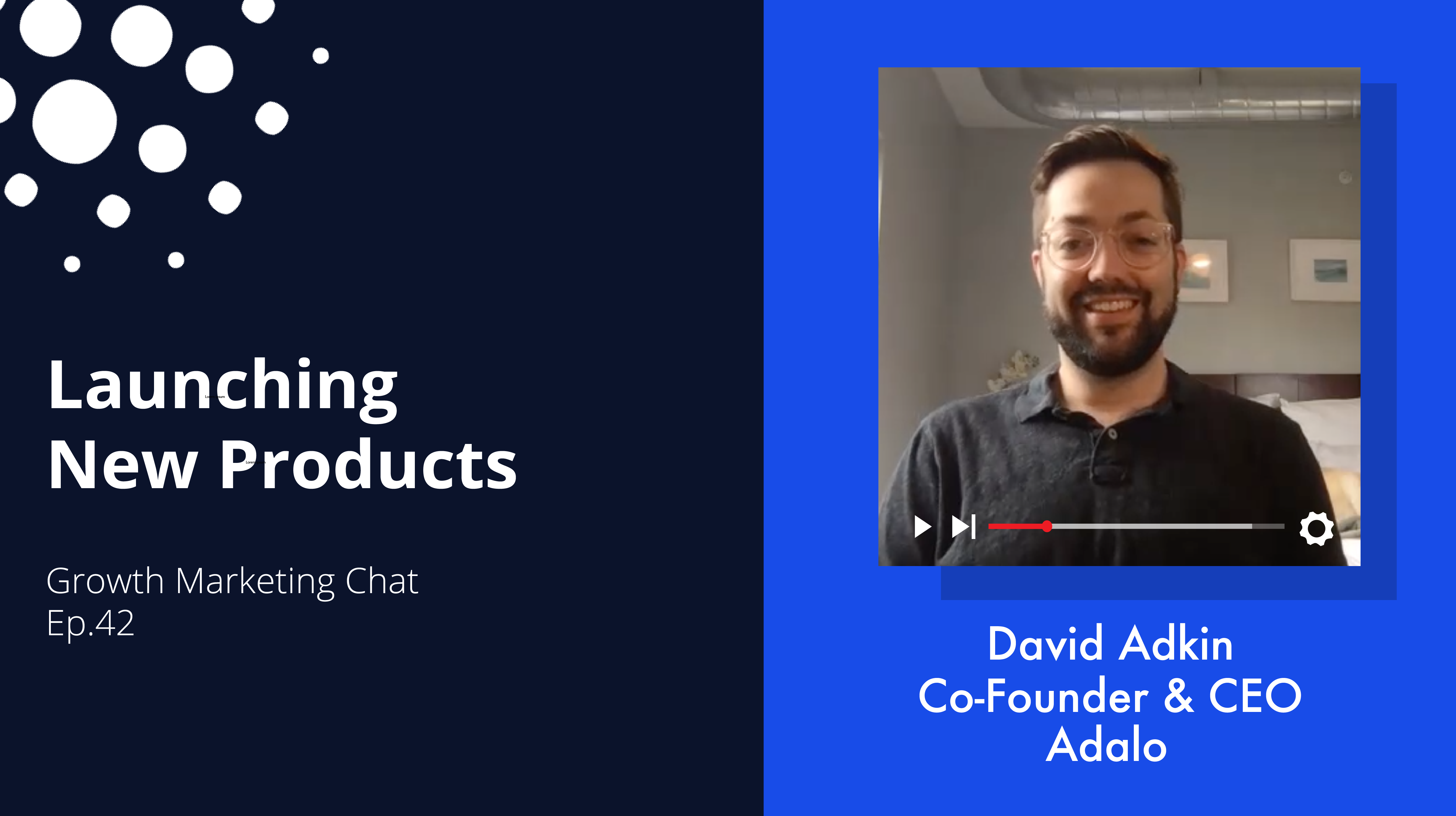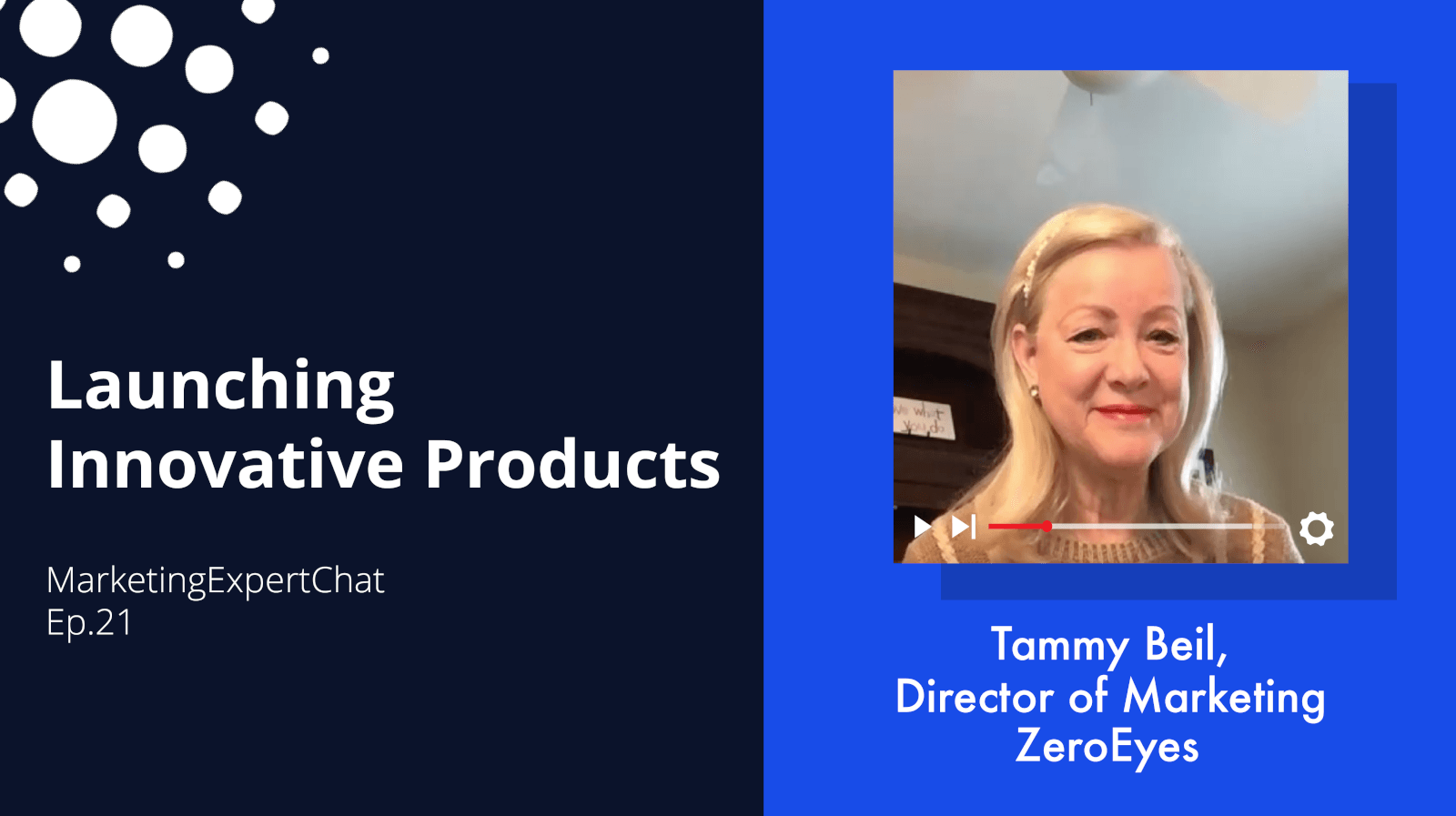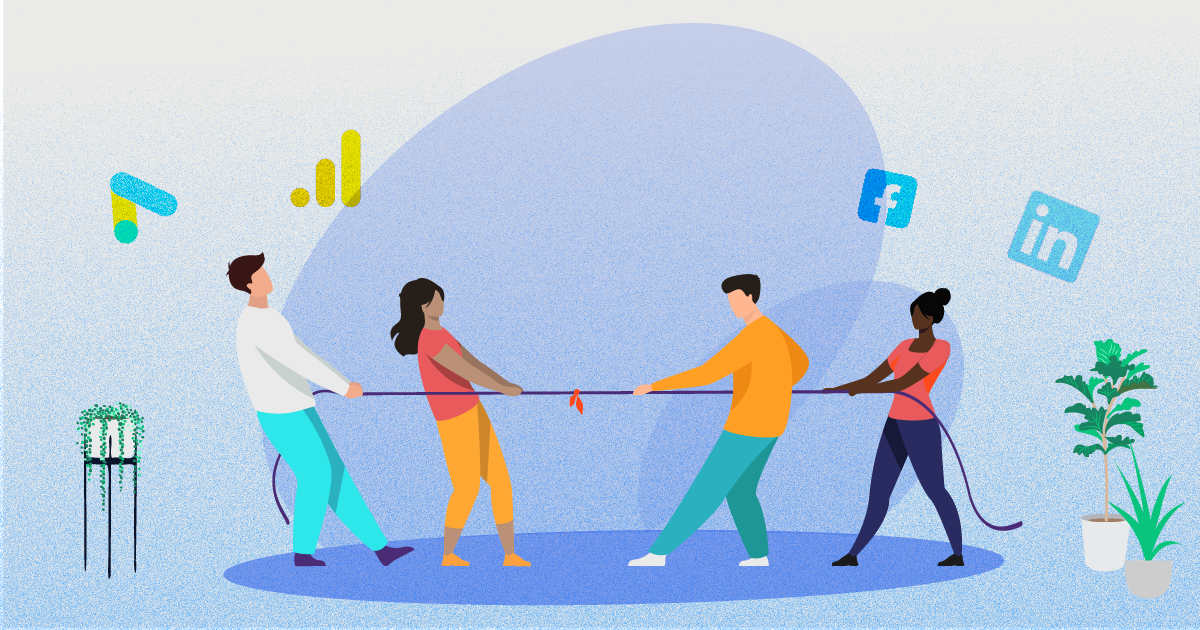It’s finally here… product launch day! Hard work is over, right? Not quite.
Sean O’Connor, Head of Strategy at Block Native, joined us to help reframe the way marketers are thinking about launch day to shift more of a focus toward post-launch success.
Optimize Your Product Launch Strategy
Launching a product is more than a one-day affair, it’s actually an ongoing process. Sean shares actionable insights for:
- A long-term launch growth marketing strategy that includes continuous product and feature updates
- Amplifying your messaging to strike a chord with your target audience
- Optimizing your post-launch assets
- Connecting with consumers to glean valuable feedback
Ready to expand your perspective on product launches? Tune in now to craft a growth marketing strategy that’s bound to drive conversions and most importantly, revenue!
Video Transcript:
CAROLINE: Hi, today I'm here with Sean O'Connor. He's a product marketing and strategy expert, and he's the Head of Strategy at Block Native. Sean, thank you so much for being with me today.
SEAN: Hey, Caroline, great to be here. Thanks for having me.
CAROLINE: So, now with the rich background that you have, I'm really excited about the topic we're going to approach today. We're going to talk about launch day, which is obviously something that most of the company is involved with. And so, we tend to think about launch day in this kind of big event. We prepare for it, and then launch day will happen. I mean, you know, that's kind of it, right? One and done. One and done, let's not think about it anymore, next thing. But yeah, that's probably not the way we should think about this. So, my question to you is, how should we really think about Launch Day? Should we re-frame the way we're thinking about it to really think about success after launch?
SEAN: Yeah, absolutely. So, I will caveat and say most of my professional experience is with new technologies, new products, new offerings, both at late stage companies that are trying to innovate and become digital players and in emerging technology fields, which is obviously working in the Blockchain space where I'm spending a lot of time today. So really focusing more on pre product market fit than in post market fit just in general with this advice. But I kind of think the adage that you alluded to that you launch and it's in the market and you're done is a misnomer completely. You kind of always have to be launching. And as you're trying to put a new product or new feature into market, you have to do so much work to educate your consumers and your customers about what it is that you do, whether it's something entirely new to the market or whether it's a new company or a new product for your space.
People I find have a very like they get anchored on one feature or one functionality that you do. Many people just initially thought HubSpot was the email marketing tool, and they do so much more than that. And it requires so much effort and energy to help customers understand who you are, what you do. And it's a continual thing you have to beat the drum on.
CAROLINE: Right. That made me think about something that you said. Would you made me think about this story about Airbnb that they kept launching, and they literally would announce their launch again and again and again and again until it got enough traction that they were happy with it.
SEAN: At every major event that they were, they tended to find south by Southwest or large events, and they would do a campaign in the city and every new city for Airbnb was a new market that they had to launch into. And every new event was a new group of people that they had to launch into a when you're working inside of a company, you know the product better than anyone else in the market, and you can get so like, yeah, of course we do XY and Z, but your customers probably don't know that, or the market doesn't know that.
And let's be honest, most executives and most people you're selling into, they look at your product once for 30 seconds, and then they're onto the next thing in their company's business lifecycle that you'll have to keep continually reminding them. It takes, on average, 15 to 20 touch points to get somebody to sign up and actually create an account on a website, let alone pull out a credit card or send some cryptocurrency and become a paying customer.
CAROLINE: Right, right, right...
SEAN: So really, we should focus much more on what happens after a launch day.
CAROLINE: And optimizing this right, then launch day itself.
SEAN: Yeah. The idea of a rolling Thunder just continually amplifying the messaging. And I think there's a big opportunity that people miss where they don't necessarily as marketers, lean in and talk to early adopters. If you're launching a new product, I try and get every single customer you can on the phone. And then when you find those customers who are super savvy at the bleeding edge of whatever field you're in, lean in and try and understand a problem sets and how your product can solve it and work with your product organization at large to iterate through the product life cycle. Because there's an advantage that you can gain by working with the smartest people in any industry, those customer learning loops that provide valuable feedback that help you sharpen your product. And really, you can out learn your competitors into space and create something much better that way.
CAROLINE: Yeah. Absolutely. Any other keys to success in launching a new product you could share with us today?
SEAN: Yeah. I think getting the messaging for a product launch, especially if you're launching somewhat technical products, is really, really key. And just like there's a product development life cycle, there's a messaging development lifecycle. Some of the things that I found really well in a prior career; I was selling higher education technology software to academics. So, our customers were PhDs, they were Deans of universities, a were Provost. And anytime we went above a grade six or seven reading level and our messaging copy on email or on landing pages, we saw a huge dramatic drop off in response engagement.
How can you boil down and make it super simple that somebody can skim it? And one other suggestion I personally get a ton of value on is before you launch a new product, go and shop it around, build the landing page, have all your launch collateral already, and then talk to some of your existing customers or prospects and show them the page. Have them reiterate to you what they think it is you're trying to do. And you'll learn that there's probably a large Delta between how you think you're explaining it and how people are understanding it. And the more times you can do that, and the tighter you can get that gap before actually launching or even post launch. Continue to view this the better the chance of actually conveying your value in the market.
CAROLINE: Yeah, I love this. So, optimize care more about postlaunch than just the launch itself. Keeps things simple really important. And I think there's a second advice in here to not make too many assumptions. Right? We assume I'm communicating to PhDs. I need to write a certain way. Well, test that right. Make sure you're right, and then ask for feedback.
And so those are three keys of success to launching a new product. Thank you so much for sharing this with us. I think it was super helpful. So, thank you for being here with us.
SEAN: Thank you for having me today. This was a ton of fun.






